The COVID-19 pandemic was an unprecedented event. It has taken a major toll on businesses across the world and forced major changes in all our lives. From worldwide events like the stock market crashing to more personal changes like having to work from home, it is safe to say that no one could have predicted this would happen.
But how often does the unpredictable occur? Professor and analyst Nassim Nicholas Taleb coined the term “Black Swan Event.” These are events that are improbably and unforeseeable, but despite their supposed rarity, Black Swan Events have occurred with startling frequency.
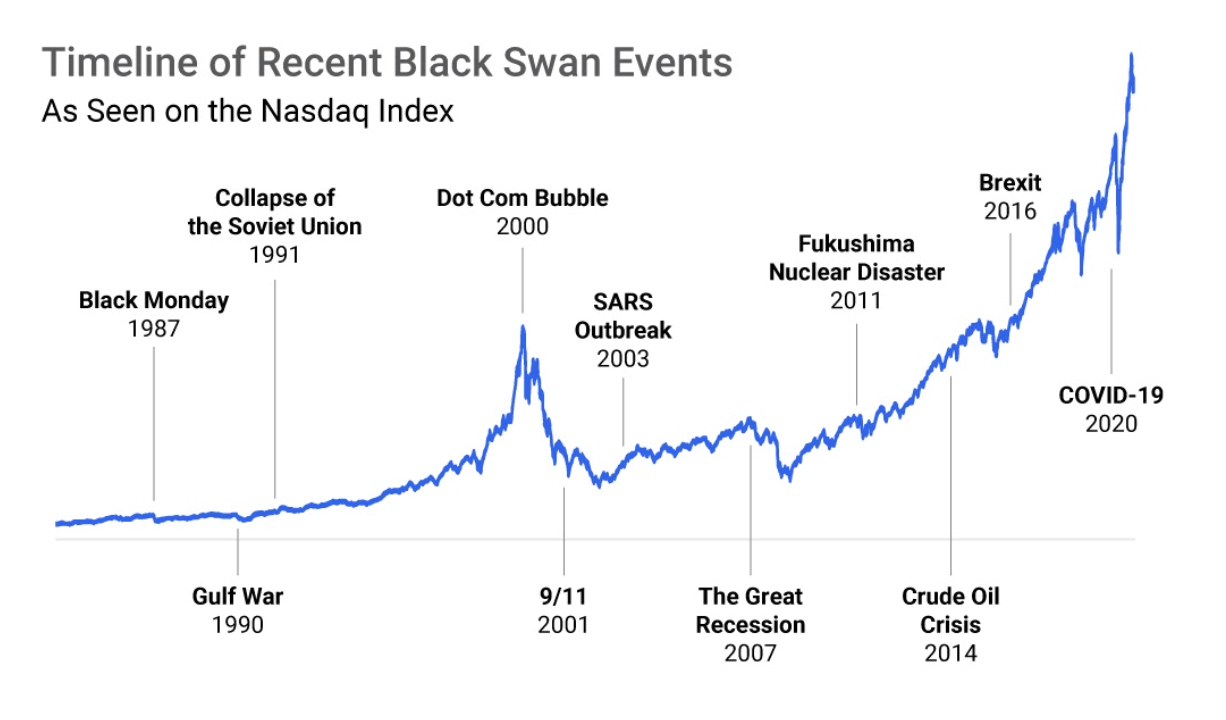
All of these vary in scale and area of effect, but all of them caused a big financial shakeup. Let’s see how some businesses handled these sudden crises.
Small businesses and the Great Recession
The Great Recession was a financial crisis lasting between 2007 and 2009. It was caused by the collapse of the housing bubble. A simplified version of the events leading up to the crash is that banks started giving out housing loans to high-risk borrowers. Once the borrowers couldn’t afford to pay back the loans, they abandoned their houses.
The wave of new houses being put back on the market created a massive imbalance between supply and demand, leading the housing market to crash and causing a ripple effect that bled into every industry in the United States. When the dust settled, 8.8 million jobs were lost.
Small businesses were some of the hardest hit. Companies that were just starting to become profitable were hit with an impossible setback. One such small business was Starbright Floral Design, a flower shop in New York City. Their niche was selling to financial institutions, with the founder, Nic Faitos, being a former Wall Street stockbroker. They understood the finance world and offered their clients a unique experience. The challenge during the Great Recession was that financial institutions were some of the hardest hit, and many of his clients had begun to drop out.

Faitos’ response was aggressive. By reducing his prices, he aimed to keep his current clients and gain new ones along the way. This was a dangerous gamble because the low prices weren’t making them enough money to stay in business, and the only way to offset the loss in revenue was to keep gaining new clients.
His team was aggressive in reaching out to businesses, and the new clients they picked up were loyal.
When the market recovered, he pushed his prices back up. Because of their excellent service, their new and old clients were willing to pay higher prices. After the recession, Starbright Floral Design was able to double its revenue from pre-recession.
Major retailers and the Great Recession
On a much larger scale, major retailers also suffered and many of the biggest names at the time went out of business including Circuit City and Borders. The large size that made these companies seem invincible at the time was now what was causing their rapid decline.
One retailer that came out ahead was Best Buy. Today they are a staple across America, but during the Great Recession, they were dwindling just as fast as their competitors. Their business model wasn’t working anymore, and they needed to make major shifts if they were going to survive where their competitors had perished.
A major hurdle for all retailers was the threat of customers going to Amazon for superior prices. A new CEO, Hubert Joly, had just stepped in, and he was ready to take on this impossible challenge. Joly recognized a customer behavior that was detrimental to their business, a concept called Showrooming. This was when a potential customer would go into a store to check out a product they were thinking about buying, then instead of buying it at the store, they would go online and order it for a better price. The online stores were getting the benefits of physical stores (seeing the products in person) without having to pay for any of the locations.
To combat Showrooming, Joly implemented a very aggressive price match policy. If you found any product on Amazon, Best Buy would match the price. It was as easy as showing them a printout or pulling it up on your phone.
At this time, Joly also worked to expand their customer base. With the constant release of new technology, less tech-savvy customers struggled to keep up. Best Buy already offered in-store tech support with their Geek Squad service, but now they would expand it exponentially and give customers something that online retailers never could. Now the Geek Squad wasn’t just in-store, they would also offer a variety of in-home services. Customers could get advice on what products to buy, home installation, and even car device installation.
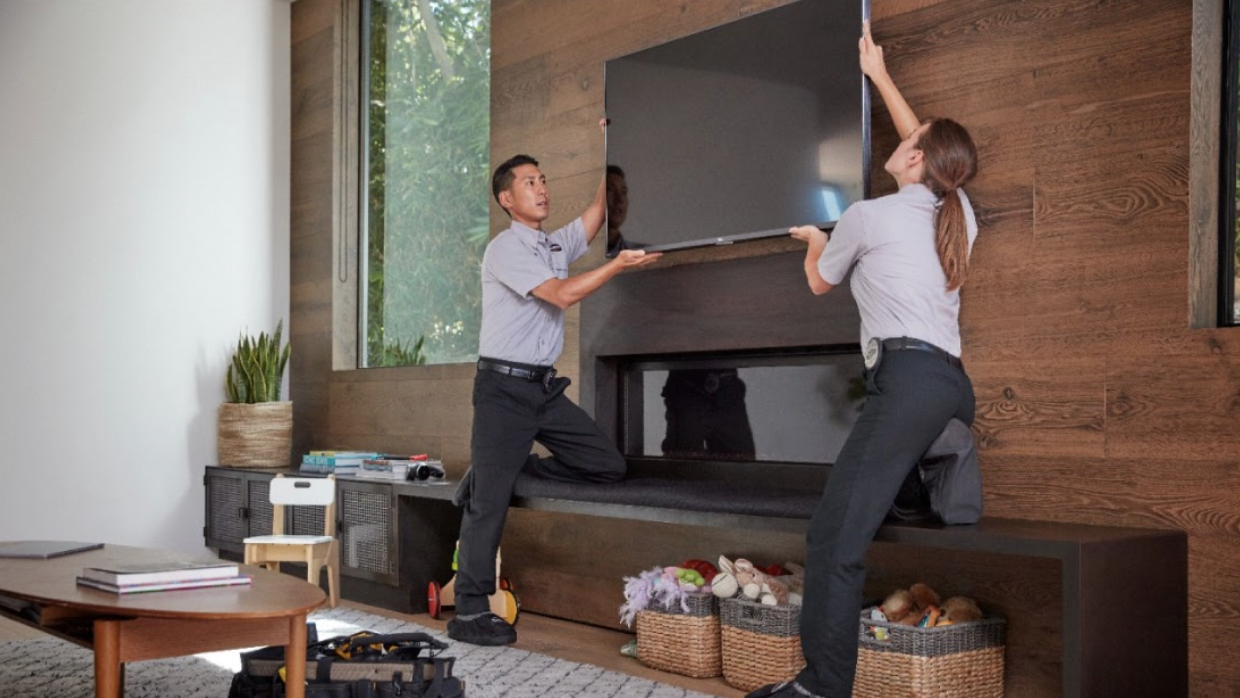
All of these were changes that couldn’t be found with an online retailer, and they helped Best Buy survive what is now called “The Retail Apocalypse.” When they emerged, they found that many of their competitors were now gone, and they were able to fill an even larger market share.
People made fortunes off of the growth but the economic party ended at the mysterious moment when everyone individually, yet somehow collectively, decided to cash out. Companies began to lose money the entire tech industry saw an equally massive decline. During this time, many rising star companies met their end, including Pets.com and eToys.com
Airlines and COVID-19
The best way to avoid contracting COVID-19 is to socially distance. The CDC recommends staying 6 feet apart from other groups of people. In daily life, this can be a reasonable request, but it is a disaster for airlines.
In an industry that has mastered the art of how to legally fit the most people into a small space, staying 6 feet apart is impossible. The public would not take the risk, and the airline industry is in the middle of what some are calling the worst crisis in aviation history. The TSA reports that check-ins are down about 70% during this pandemic.
Without swift action, every airline is in danger. Unlike after 9/11, when flights were down in the USA, Airlines can’t lean on international fares to stay afloat. The pandemic is global, and airlines everywhere are feeling it. Bloomberg reports that over 400,000 airline employees have either been furloughed, fired, or told they might lose their jobs soon. Layoffs have been happening continuously throughout the pandemic and continue to this day.
This has forced airlines to rethink everything they know about ticket pricing. The traditional method for deciding ticket prices relies heavily on computer algorithms. Computers track price patterns and customer behavior over many years, and then they set an average good price for a plane ticket. What looks to us like unpredictable fluctuations in price are actually predicted and calculated in advance by computers.
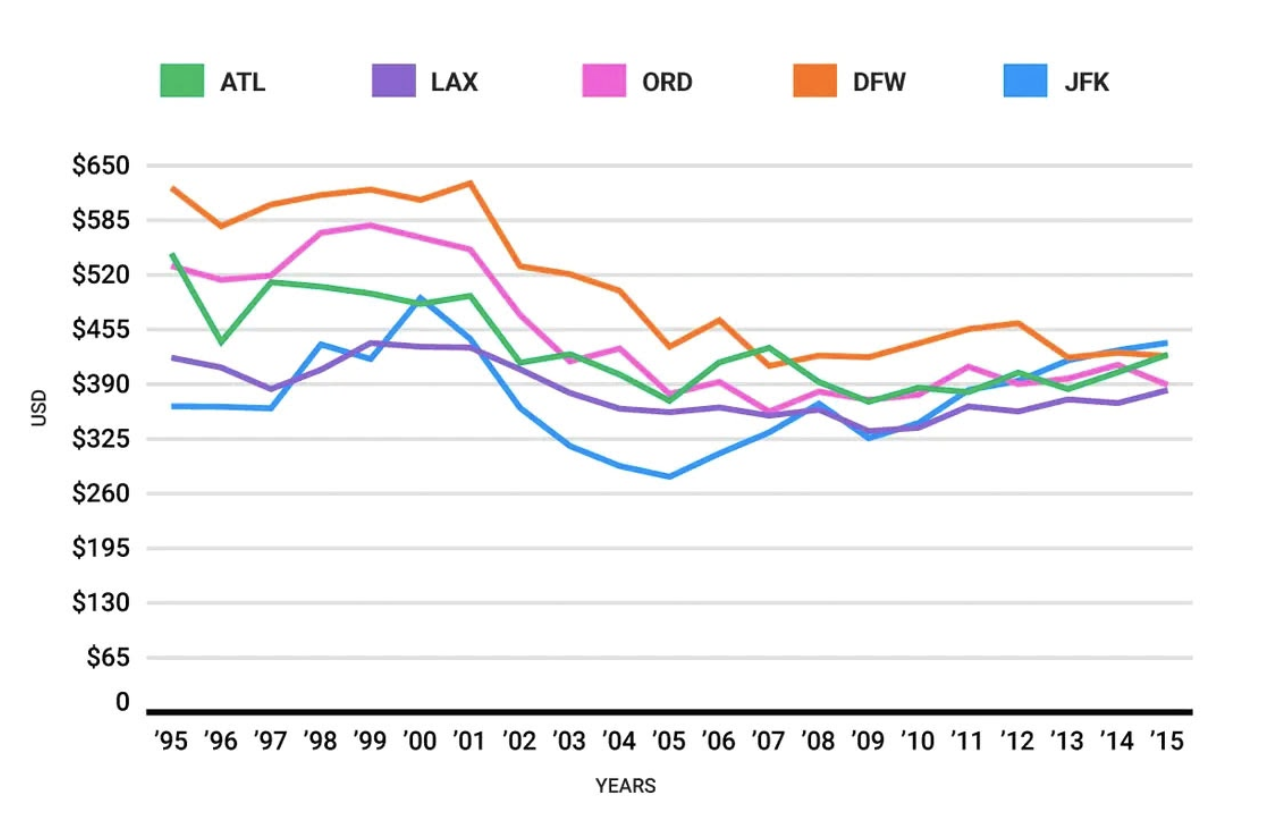
During the pandemic, however, all of this data is useless. In a world where today’s news is enough to affect tomorrow’s customer behavior, customers’ buying patterns have become erratic. The algorithms simply don’t work during a Black Swan Event of this scale.
The airline industry has had to resort to tactics that would seem ridiculous at any other time. Instead of relying on algorithms, they’ve gone back to a time before computers ran the world. Prices are now decided with observation, intuition, and experimentation. By looking at the day-to-day buying patterns of customers, airlines are now manually setting prices.
If a certain route had too many empty seats one week, the prices for that route would go down the following week. Setting prices is no longer a science, but something that must be felt out as time goes on. They have even resorted to scanning social media for clues on which destinations are going to be in demand.
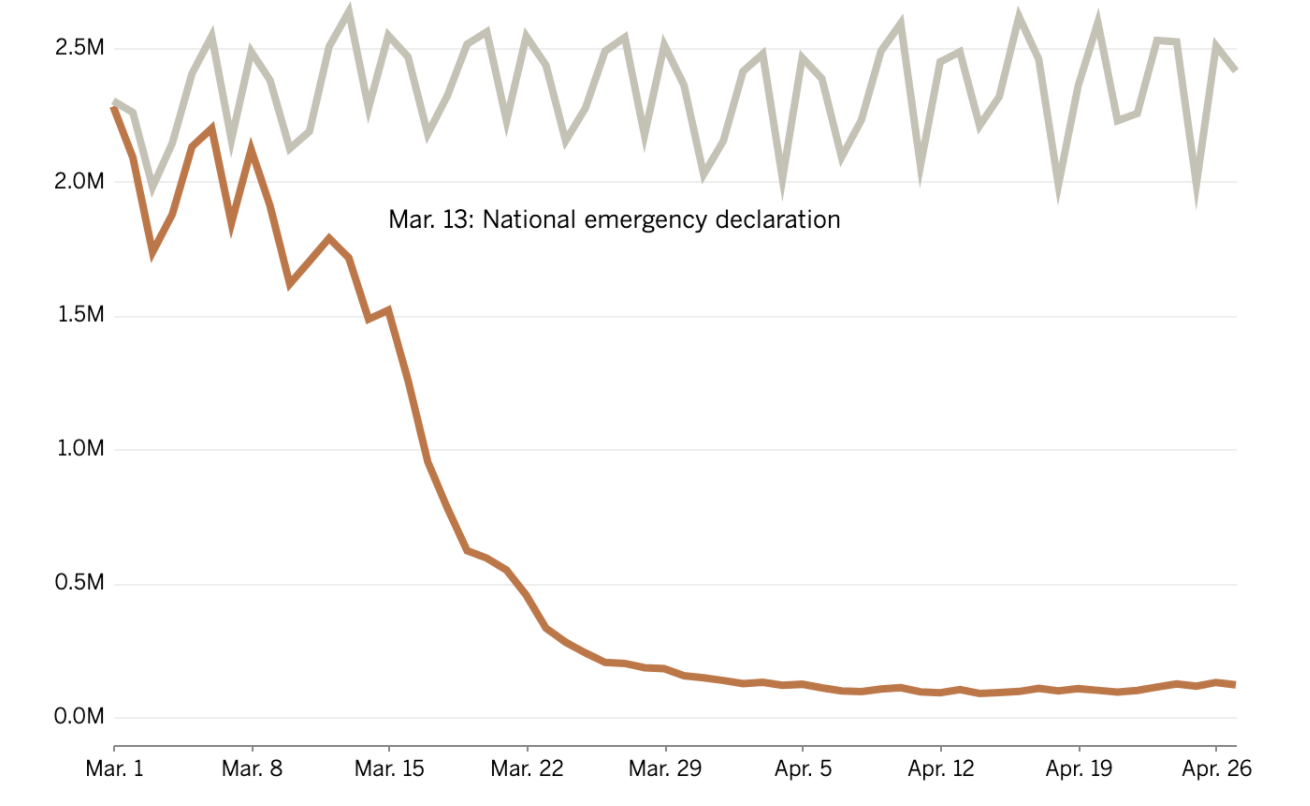
In essence, Airlines are using the retail model. When retailers are selling a product, they don’t concern themselves with what people were buying years ago. Instead, they will do their best to keep up with the now. The latest trends are a better decider of pricing than a history of buying patterns.
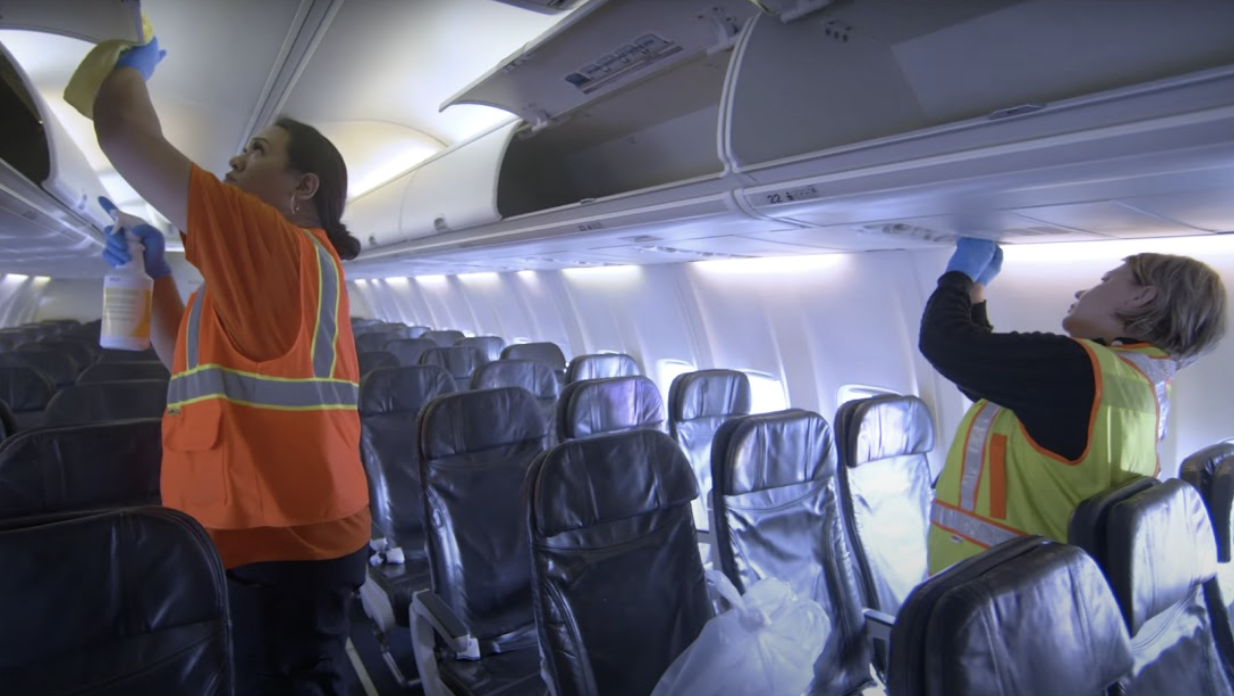
Another strategy that airlines are using is to openly show the public the measures that they are taking to clean their aircraft. Many airlines produced online video ads showing their crew spraying disinfectant, collecting trash, and replacing sanitary coverings on seats. These videos helped give customers a greater sense of security, possibly pushing them to fly sooner than they would have otherwise. Sanitary products are also clearly available at airport terminals and throughout the flying experience.
It is a strategy that was shown to work after 9/11, another Black Swan Event. During this time, airlines worked together with TSA to create clearly visible security measures that everyone can see in plain sight. This included new scanning equipment and new measures such as limiting the amount of liquid allowed on the plane per customer.
Whether or not these new measures actually worked is another matter, but people feel safer when they can see the safety measures. If the goal was to keep the airline industry alive in a time of fear, they succeeded. This same tactic is being used now to help calm fears of contracting COVID-19.
These businesses have all endured tough times and many have come out better for it. They stayed flexible and reactive in the face of certain bankruptcy. Black Swan Events are unpredictable, but their frequency has certainly increased. One way you can prepare your business for the unpredictable is by having a great SEO plan. When the world around you changes, being ready to pivot your content and online advertising is critical. Maintaining good SEO performance can help put you ahead of your competition at a time when everyone is trying to stay afloat. You have to build your brand, create content, and stay top of mind. During our most recent Black Swan event, COVID-19, more people are more focused online on news, personal connection, and their careers. Some of the strategies we’ve observed to help businesses get through the pandemic are investing in digital marketing, SEO, and Content strategy. In a world that is more online-focused than ever, these things are no longer luxuries but are crucial to your business’s long-term success.
For more on how to improve your company’s SEO, reach out here to schedule a chat.
- Can Your Business Survive a Black Swan Event? - October 9, 2020
- The Stock Photo/Video Industry Has a Diversity Problem - July 30, 2020


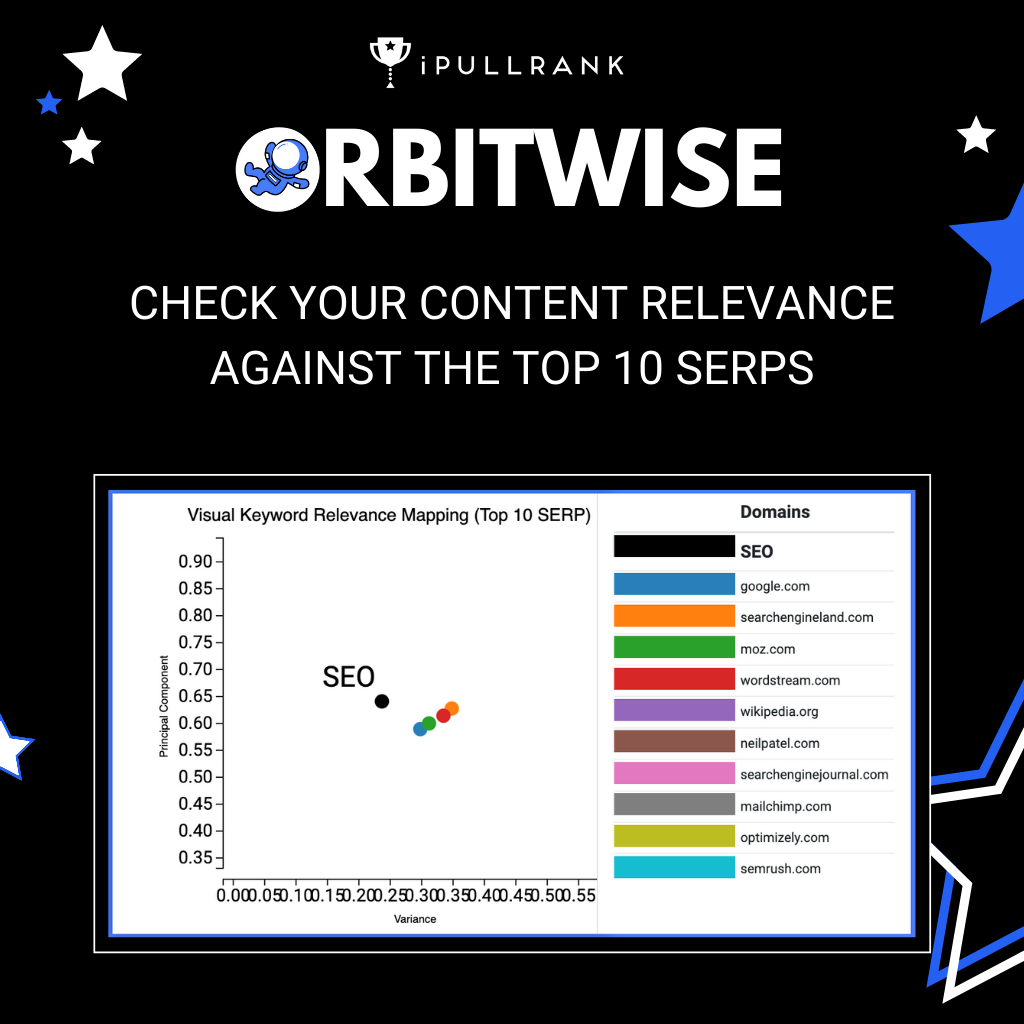

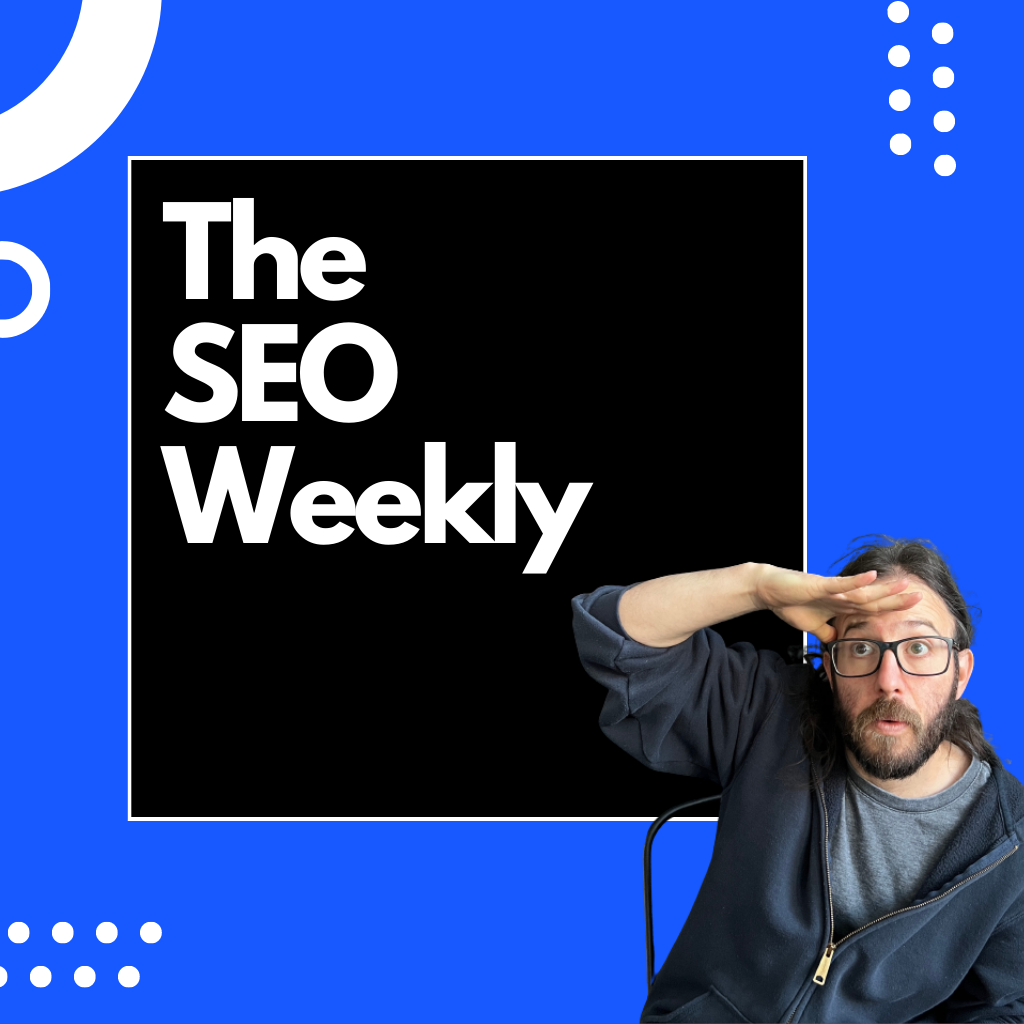





Leave a Comment